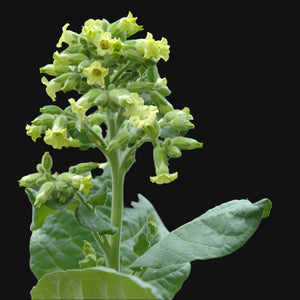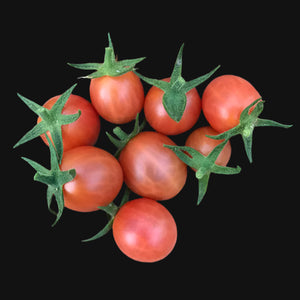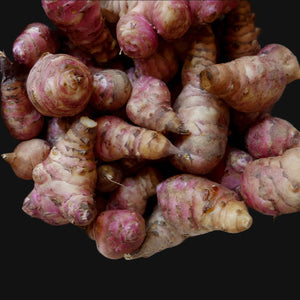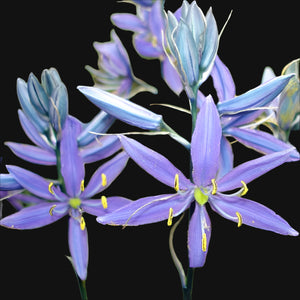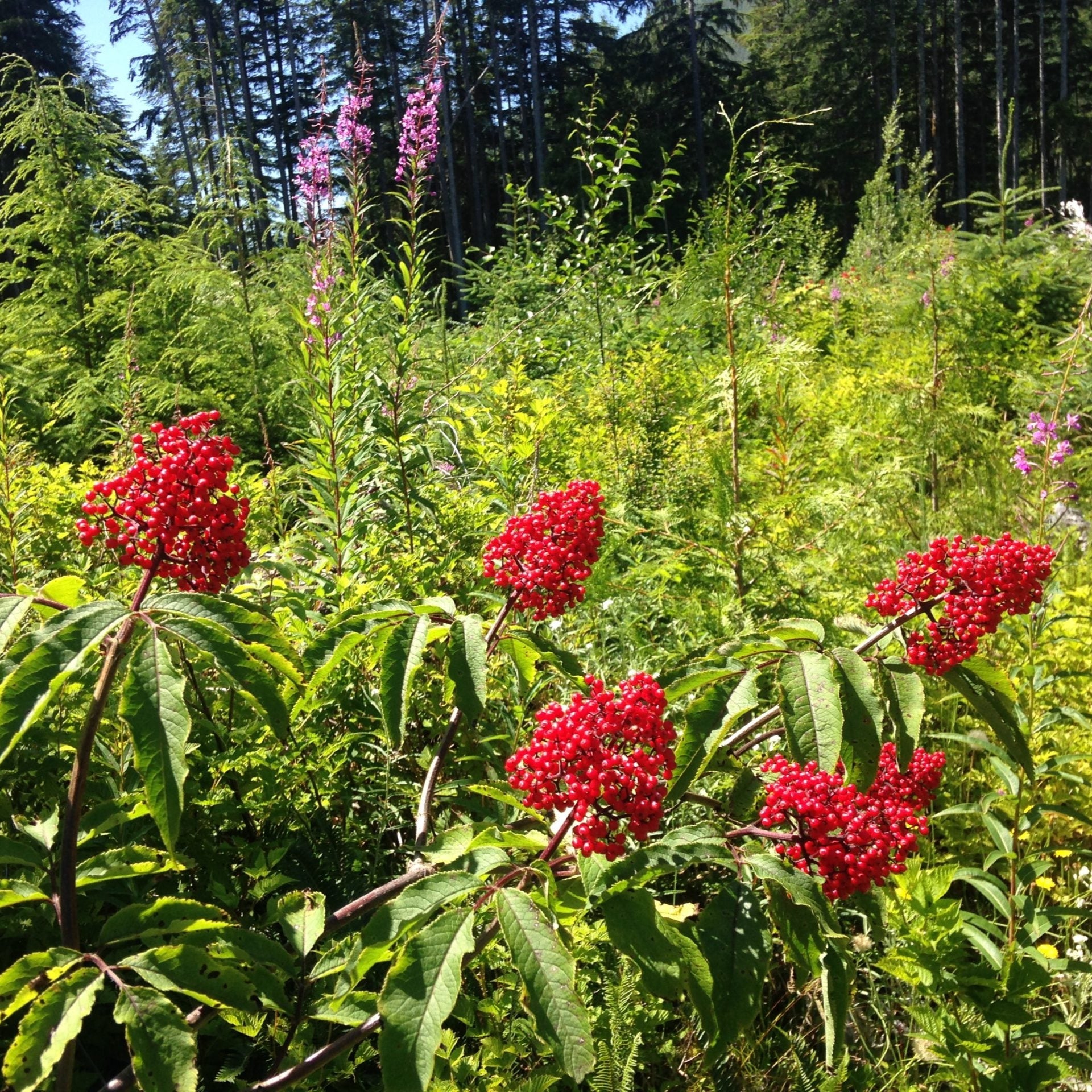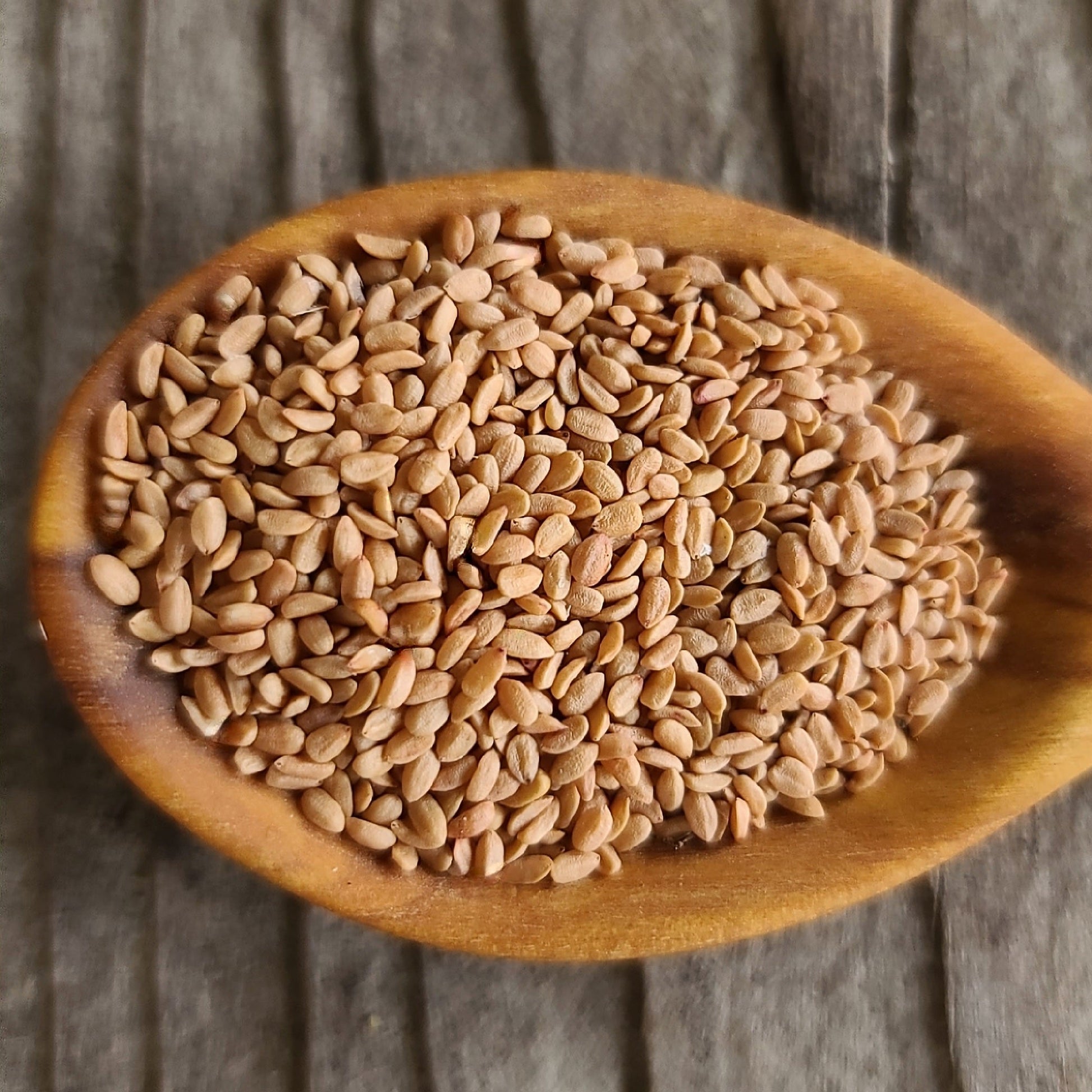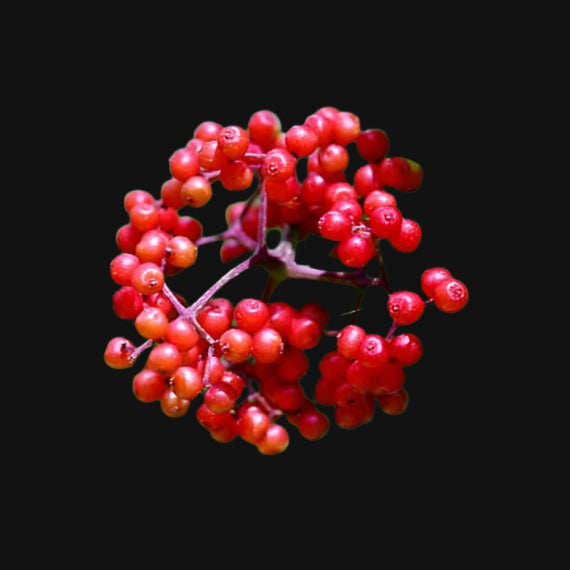
Red Elderberry
Sambucus racemosa
≈ 109 seeds | 1g (0.04oz)
Growing Information
| Common Name | Red Elderberry |
| Scientific Name | Sambucus racemosa |
| Seed Count | 109 |
| Metric Weight | 1 g |
| Imperial Weight | 0.04 oz |
| Height | 1.8-3m (6-10ft) |
| Spread | 1.2-2.4m (4-8ft) |
| Canadian Zone Information | 4-9 |
| Growing Difficulty | Moderate |
Product Reviews
Have a Question?
We (a small farm) ship every week, on Wednesday!
Pick up available from our farm stand 542 Wootton Road, Metchosin
100% Canadian Grown in Metchosin, Vancouver Island, BC, Canada.
Processed-By-Hand
Certified Organic
Open Pollinated
Non-GMO
Frequently asked questions
Do you do sell at the farm?
No.
We do have a farmstand that is open during the season: March/April through to June/July
Will my order have tracking?
Maybe.
We ship all seed packages using Letter Mail through Canada Post.
However, if you order any Sprays, Bouquets, Root Stock, or Tubers; we automatically add protected shipping in a prepaid Canada Post box. These have a tracking number.
How much does shipping cost?
Save $20 when you spend $200
All our Shipping has a handling fee.
Shipping starts at $6 and increases incrementally for seed packages only.
If you purchase Sprays, Bouquets, Root Stock, or Tubers; Shipping will increase by $18 and go up incrementally.
We charge shipping rates that are fair to our customers and allow us to operate as a small farm.
What is your Customer Satisfaction policy?
We guarantee germination up to 75% on all our seeds in proper conditions.
That means we will replace them.
We make no guarantees on our Forager Pet products, other than that they are safe for the animals listed. But do reach out if your pet isn't happy.
Mistakes happen and can be fixed. So missing items, wrong items, or even damaged items can be replaced.
We will always work with you to find an appropriate solution.
How long does shipping take?
Letter Mail can take up to 5-6 weeks.
Parcels can take up to 1-2 weeks.
We ship Wednesdays which can also lead to delays.
Are all your products 100% Canadian?
Yes. All our products are grown in Metchosin BC or foraged from surrounding forests.
What is your refund policy?
We are a resolution first small business. That means we would love for you to be happy with our products.
However, if you want to return or refund, this can be done.
